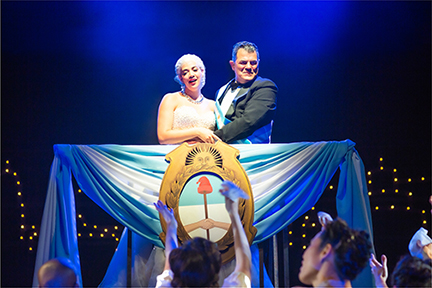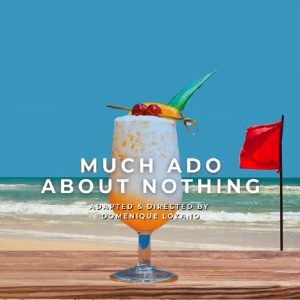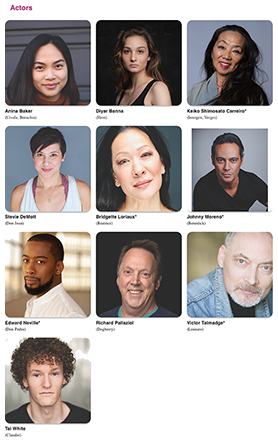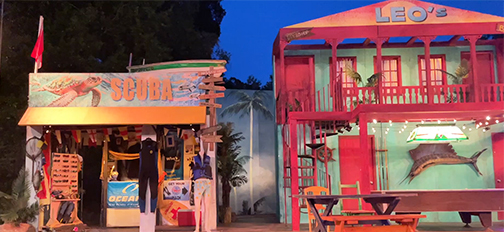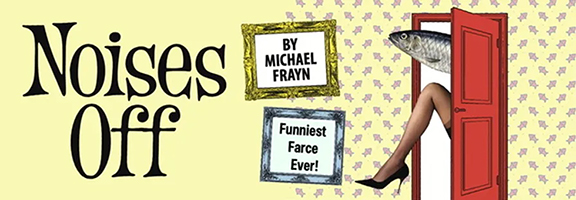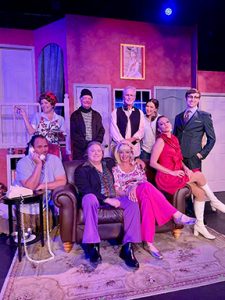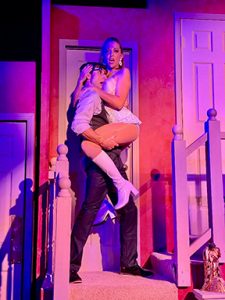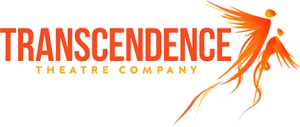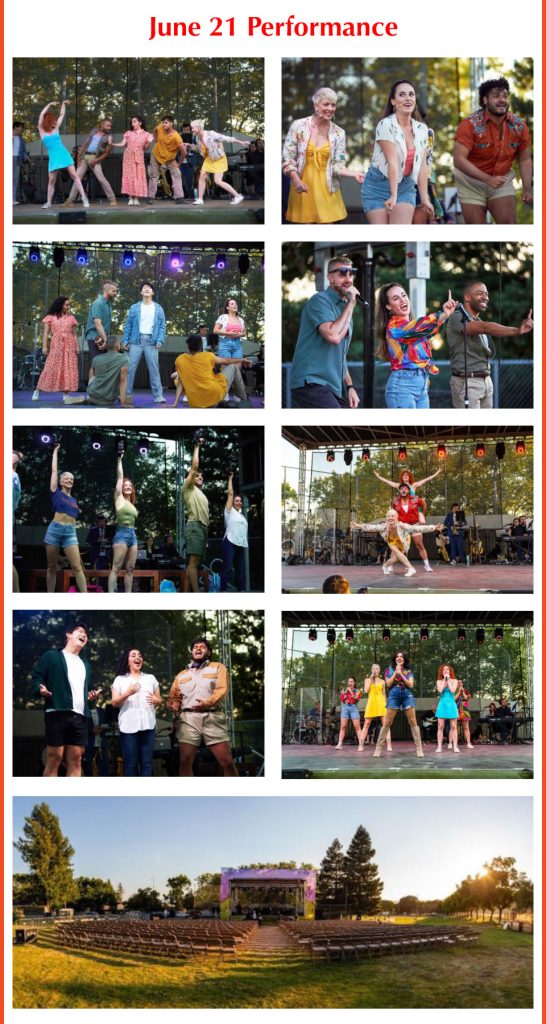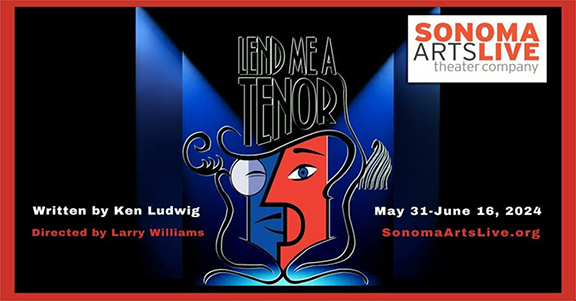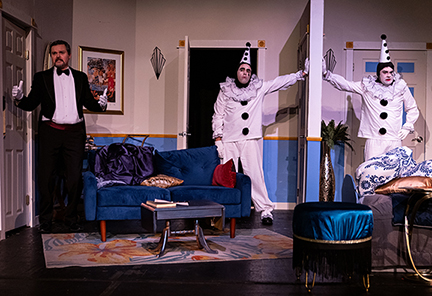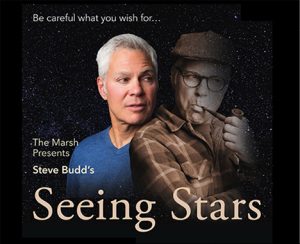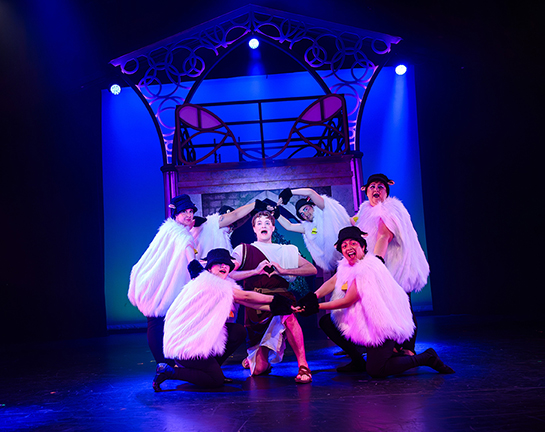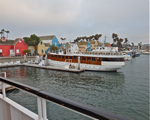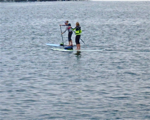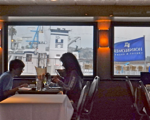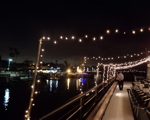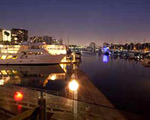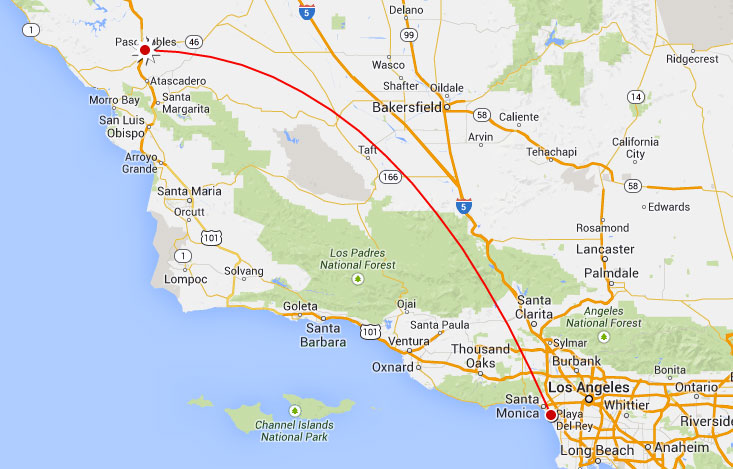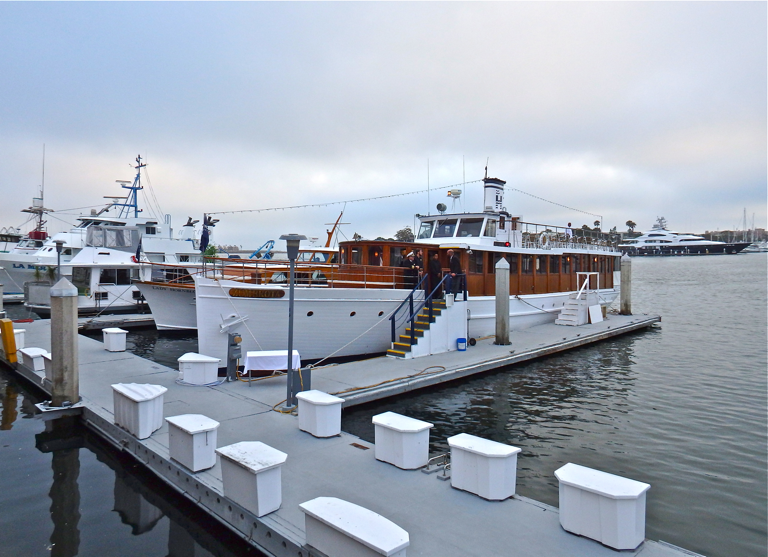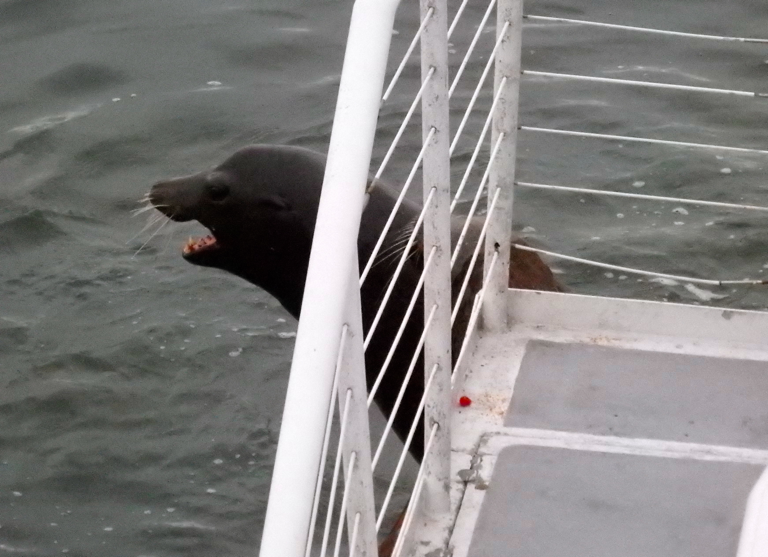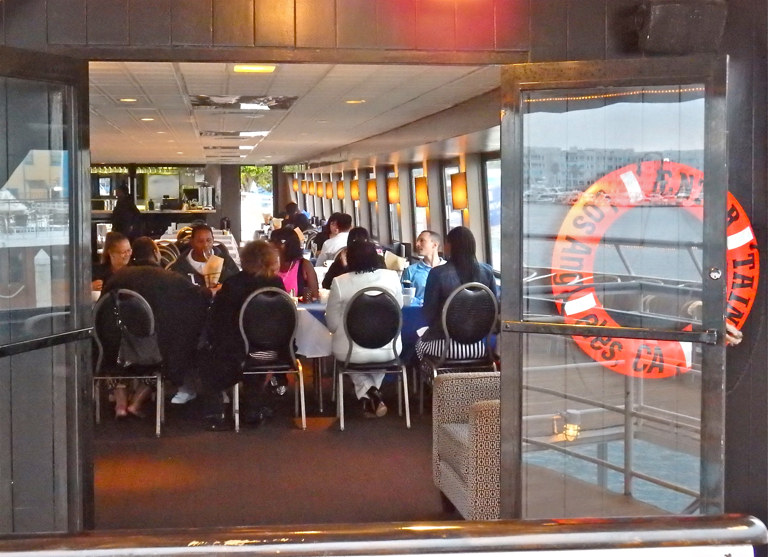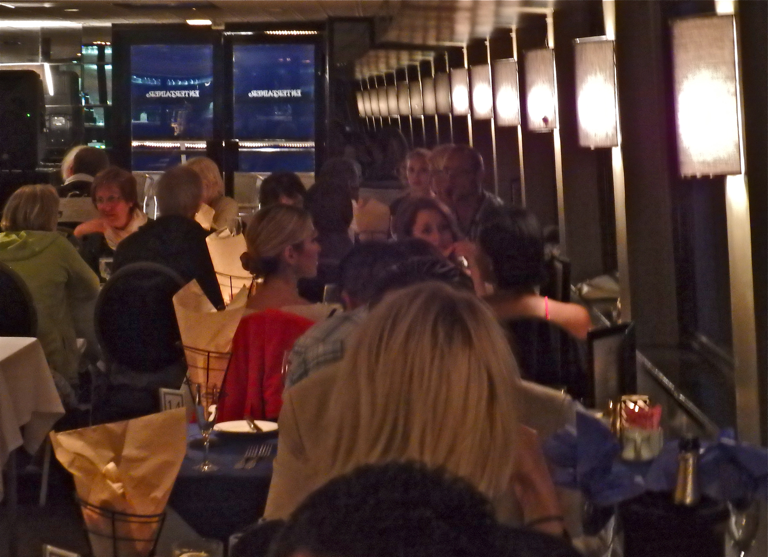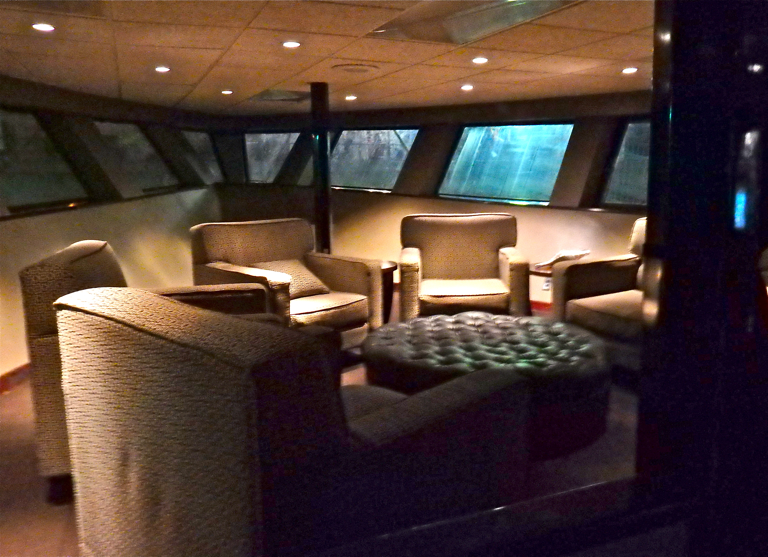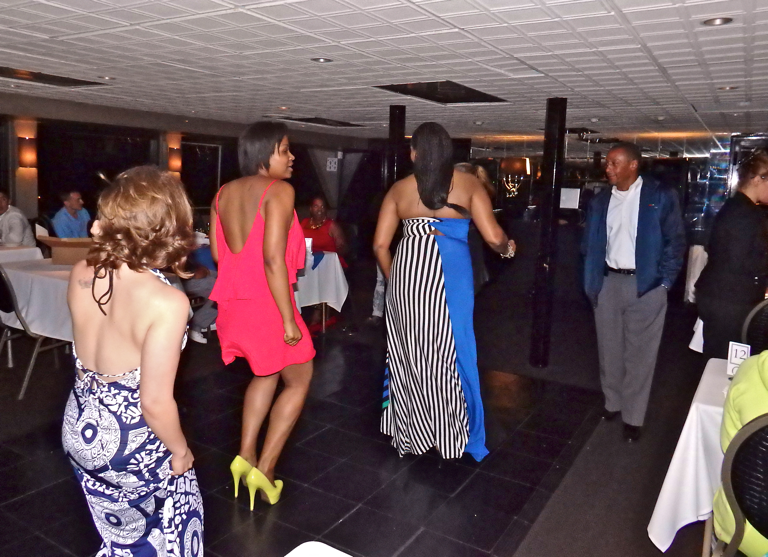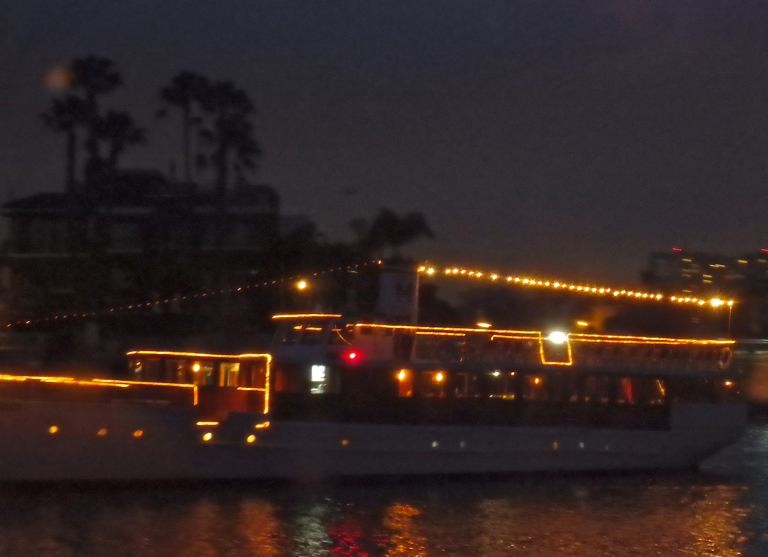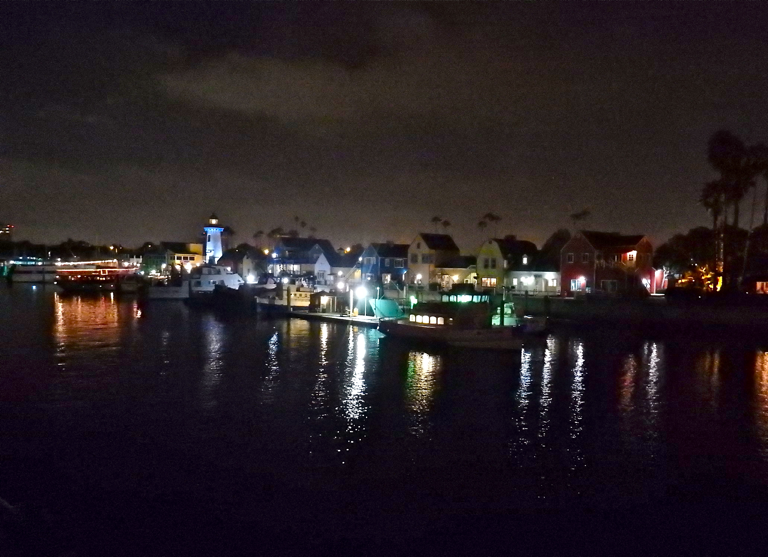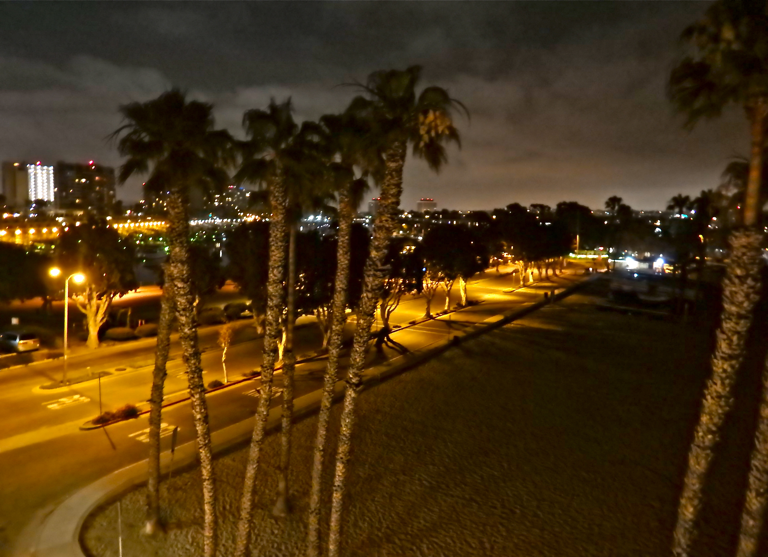A Riveting Revival: San Francisco Playhouse’s “Evita”
The San Francisco Playhouse has outdone itself with its latest production, Andrew Lloyd Webber and Tim Rice’s “Evita.” Running through September 7, 2024, this show is one of the highlights of the 2024 season. With a stellar cast and exceptional production team, “Evita” delivers a powerful and poignant portrayal of Eva Perón’s rise to power, capturing the essence of her journey from a poor child to the First Lady of Argentina.
Stellar Performances
Sophia Alawi shines as Eva Perón, bringing fiery passion and depth to the role. Her transformation from an ambitious actress to the most powerful woman in Latin America is portrayed with an intensity that grips the audience from start to finish. Alawi’s ability to convey Eva’s complex emotions, from her vulnerability to her commanding presence, is a testament to her exceptional talent. Her previous accolades, including the San Francisco Bay Area Theatre Critics Circle award for Best Featured Actress, are well deserved, and her performance in “Evita” is nothing short of mesmerizing.
Alex Rodriguez, returning to the Playhouse as the political activist Che, provides a compelling counterpoint to Alawi’s Eva. Rodriguez’s portrayal is charismatic and layered, embodying the voice of the people and offering a critical perspective on Eva’s actions. His dynamic stage presence and powerful vocals make him a standout in every scene.
Peter Gregus, making his Playhouse debut as Juan Perón, delivers a skillful performance, portraying the military leader-turned-president with depth and gravitas. Gregus brings a dignified and measured approach to the role, highlighting Juan’s political ambitions and his complex relationship with Eva. His experience on Broadway, particularly in “Jersey Boys,” is evident in his polished and commanding performance.
Jurä Davis returns as Agustin Magaldi, Eva’s first love, and his portrayal adds another layer to Eva’s early life. Davis brings charm and a touch of melancholy to the role, effectively illustrating the fleeting and tumultuous nature of Eva’s early relationships. Chanel Tilghman, making her Playhouse debut as Perón’s Mistress, also delivers a memorable performance. Her character’s vulnerability and sorrow are beautifully captured, adding depth to the narrative.
The ensemble cast, including Malia Abayon, Christine M. Capsuto-Shulman, Chachi Delgado, Gabriella Goldstein, César Lino, Dian Sitip Meechai, Deanalís Arocho Resto, River Bermudez Sanders, and Nicholas Tabora, provides strong support, bringing vibrancy and energy to the musical numbers. Their collective talent ensures that every scene is dynamic and engaging.
Exceptional Direction and Choreography
Bill English’s direction is both innovative and respectful of the classic musical’s roots. His vision brings out the raw emotions and political undercurrents of the story, making it resonate with contemporary audiences. English’s ability to balance the grand spectacle of the musical with intimate, character-driven moments is particularly impressive. His direction ensures that the audience is constantly engaged, whether through the sweeping musical numbers or the poignant, quieter scenes.
The musical direction by Dave Dobrusky ensures that Webber’s iconic score is performed with precision and passion. Dobrusky’s work with the cast and orchestra brings out the best in the music, highlighting the emotional depth and complexity of Webber’s compositions. The music is a driving force in the production, and Dobrusky’s direction ensures that it is both powerful and poignant.
Nicole Helfer’s choreography is a visual delight, adding dynamism and energy to every scene. Her dance numbers are both intricate and expressive, capturing the spirit of the era and the characters’ emotions. Helfer’s choreography seamlessly integrates with the narrative, enhancing the storytelling and adding an extra layer of engagement for the audience.
Impressive Production Values
The production values are top-notch, with scenic design by Heather Kenyon and lighting design by Michael Oesch creating a vivid and immersive atmosphere. Kenyon’s sets are both grand and detailed, effectively transporting the audience to 1940s Argentina. Oesch’s lighting design complements the sets beautifully, using light and shadow to enhance the mood and drama of each scene.
Abra Berman’s costume design faithfully recreates the fashion of the era, adding authenticity to the portrayal of 1940s Argentina. The costumes are both glamorous and historically accurate, reflecting Eva’s transformation from a humble beginning to a figure of immense power and influence. Berman’s attention to detail is evident in every outfit, contributing to the overall visual richness of the production.
The sound design by James Ard and projections by Sarah Phykkit enhance the storytelling, making the audience feel as if they are part of Eva’s tumultuous journey. Ard’s sound design ensures that every note and word is heard clearly, adding to the emotional impact of the performance. Phykkit’s projections add a modern touch to the production, providing context and enhancing the visual storytelling.
The additional contributions of Blue Hephaestus in properties design, Laundra Tyme in wig design, Adam Elder in live cam consultation, Dave Maier in fight choreography, Juan Rebuffo in dramaturgy and cultural consultation, and Marcelo Solis in tango consultation further elevate the production, showcasing a collaborative effort that brings every element of the show to life. Alicia Lerner and Jo Davita Ortiz’s stage management ensures that the production runs smoothly, allowing the audience to fully immerse themselves in the experience.
A Must-See Production
“Evita” at the San Francisco Playhouse is a must-see for theater enthusiasts and newcomers alike. The combination of outstanding performances, expert direction, and high production values make this show a standout. Tickets are reasonably priced from $30 to $125, making it accessible for a wide audience. For more information and to purchase tickets, visit sfplayhouse.org or call the box office at 415-677-9596.
San Francisco Playhouse continues to be a beacon of high-quality theater in the Bay Area, and “Evita” is a testament to their commitment to producing compelling and relevant works. The Playhouse’s mission to create an “empathy gym” is fully realized in this production, as it challenges audiences to understand and empathize with the characters’ journeys and struggles.
Don’t miss your chance to experience this audacious and fascinating musical. “Evita” is more than just a retelling of Eva Perón’s life; it’s a powerful exploration of ambition, politics, and the human spirit, brought to life by a team of talented artists dedicated to delivering a truly unforgettable theatrical experience.



